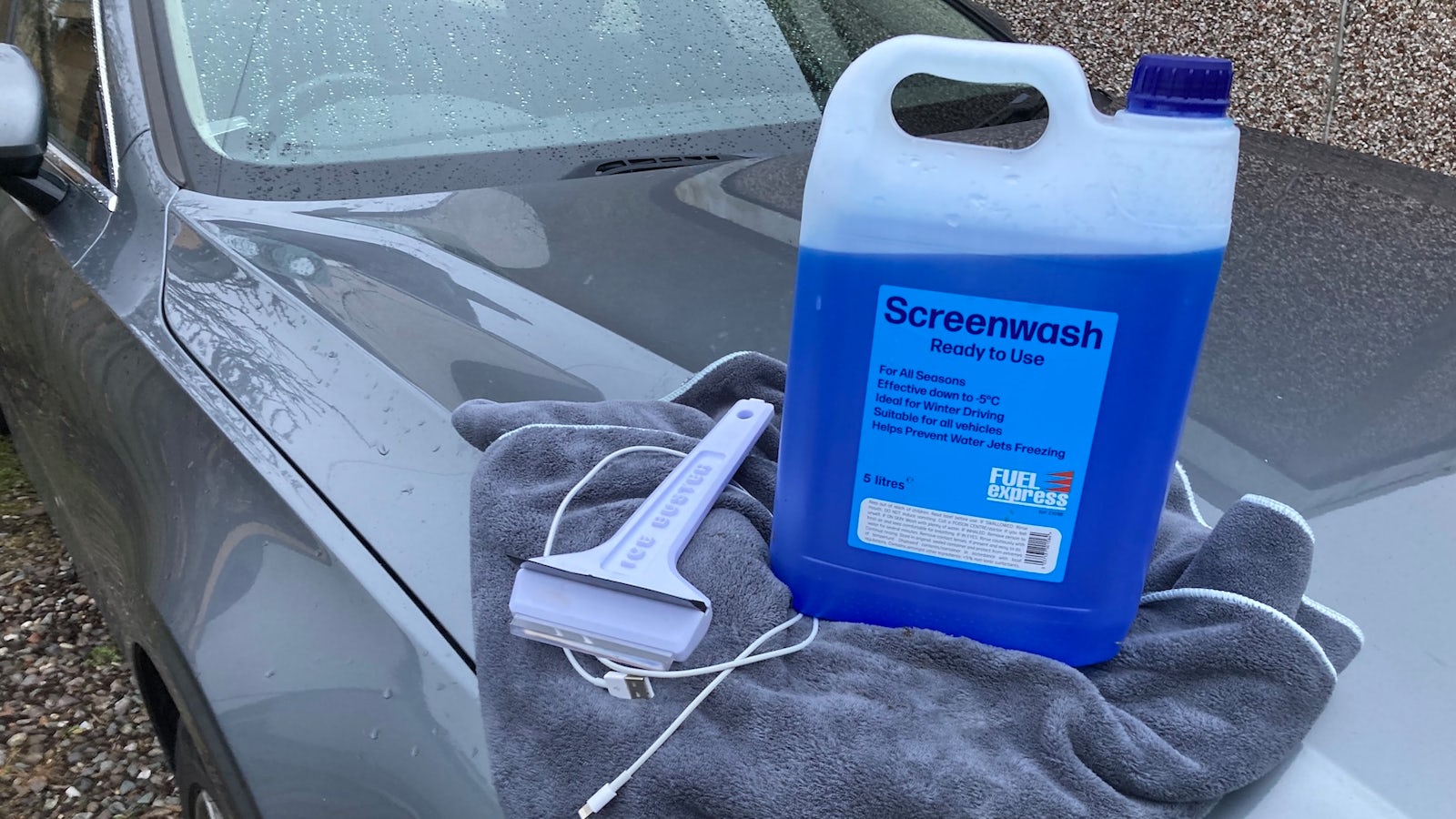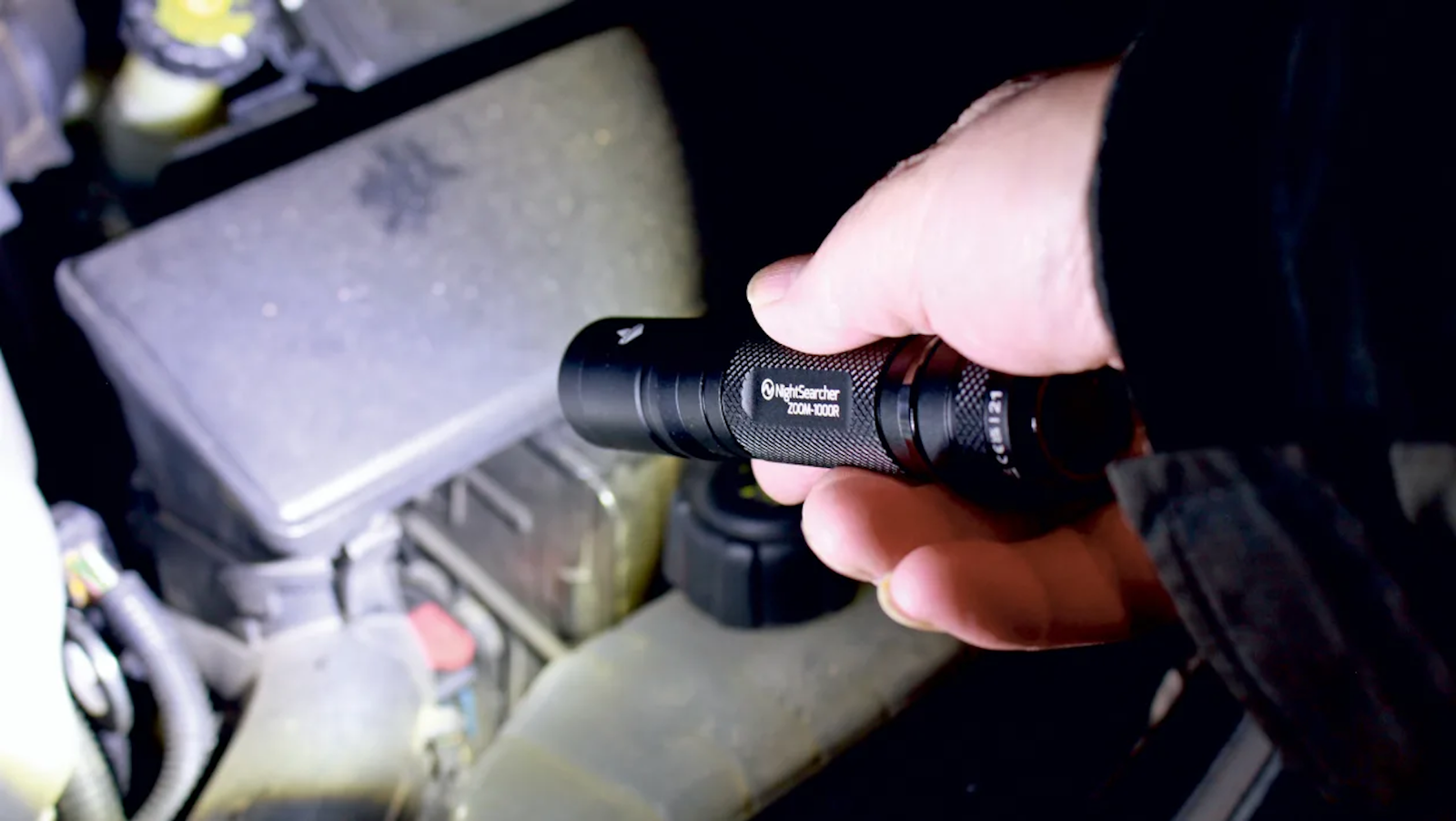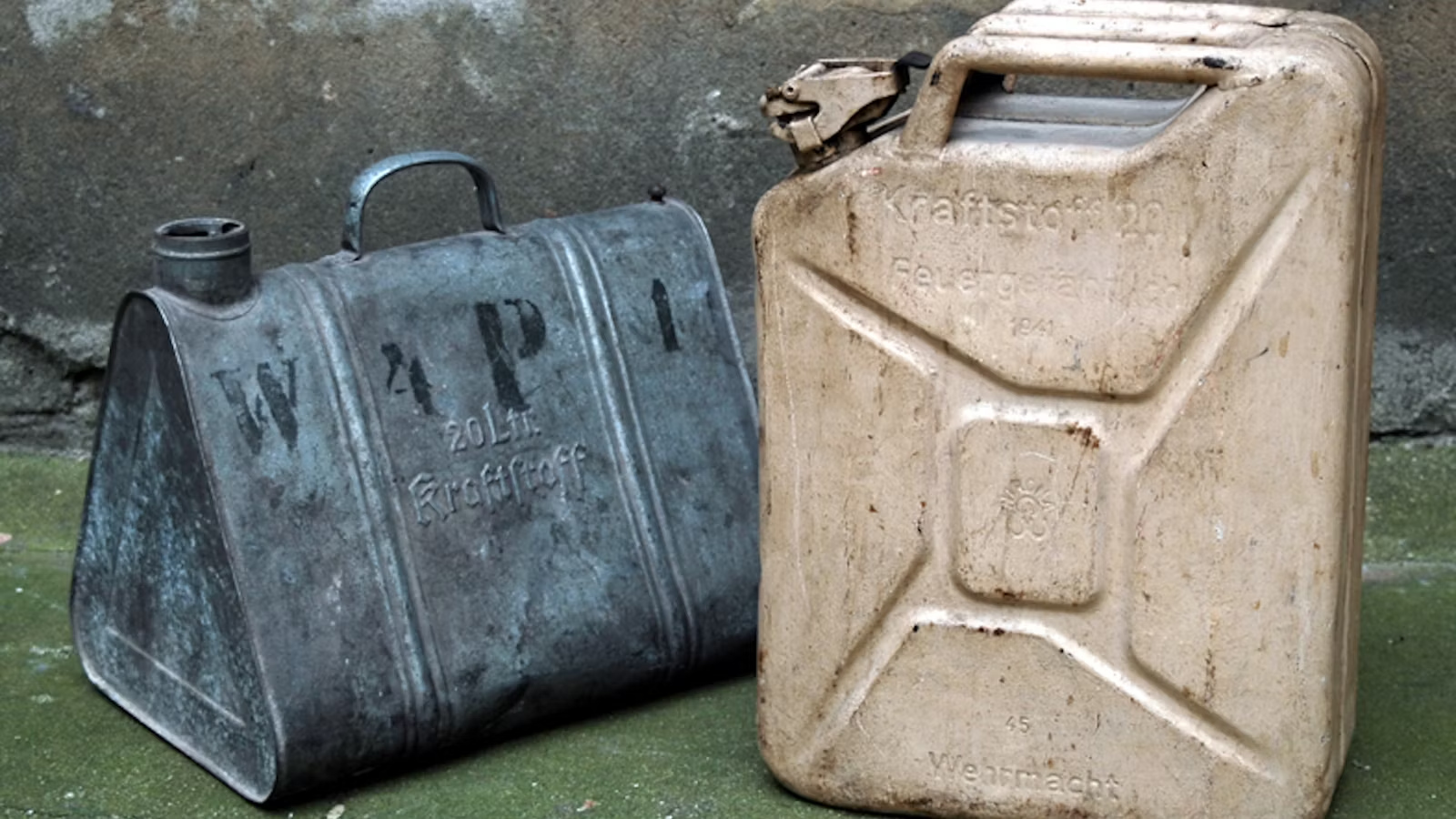Driving in winter? Don’t forget these 7 car essentials
December 08, 2025 by Siobhan Doyle

Stay safe this winter with these seven essential items to keep in your car. From emergency gear to cold-weather must-haves, be prepared for any road conditions.
It’s that cold, dark, and often slippery season again. Yes, winter is here, and it’s time to get your car ready for the chilly months ahead. Once you’ve topped up your antifreeze and checked your windscreen wipers and tyres, there are a few essential items you should keep in your car to make winter driving safer and a lot less stressful.
Remember, you can buy a brand new or used car right here on Carwow. And you can sell your car, too. We’re here to help you through every step of your car-changing journey.
1. Screenwash

Having a working windscreen washer system with enough screenwash is a legal requirement in the UK, which means your car must be able to clear the windscreen properly at all times. In winter – with road grime, rain, and salt constantly being kicked up – you’ll use more screenwash than usual. It’s a good idea to keep a couple of small bottles of concentrated screenwash in your glovebox or boot. Dilute with water as needed to keep your windscreen clean and clear, so that you stay safer on the road and avoid a potential fine.
2. An ice-scraper and de-icer

While it might be tempting to pour hot water on your windscreen to defrost it, this is a bad idea as the sudden temperature change can cause the glass to crack. A decent ice scraper is safer and quick to use on chilly mornings. You can also keep de-icer spray in your car, but use it sparingly, as many sprays contain chemicals that can damage paint or the environment.
3. Sunglasses

It might sound counterintuitive, but this tip could literally save your life. Winter days are shorter and often dull, but the sun also sits lower in the sky for most daylight hours. That low sun can shine straight through your windscreen, and on wet or showery days, it can reflect off the road, creating blinding glare. Keeping a good pair of polarised sunglasses in your car can help cut through the glare and see better ones the rain passes.
4. A torch

This is an old-fashioned, but still smart tip. With longer nights and darker days, it can be difficult to see what’s going on at ground level. And if your car breaks down, or you just need to top up tyre pressures, add screenwash, or rummage through the boot, then a torch comes in really handy.
While a mobile phone has a torch, an actual torch is better because it is brighter, more durable, and lasts longer – making it more reliable for car emergencies. It’s also useful for checking under the bonnet or lightening up dark corners inside or around the car. There are many rechargeable LED torches – some with angled heads, magnetic bases, or waterproof cases – that you can buy that make it much more practical to use.
We’d suggest you keep such a torch in your boot or glovebox so it’s immediately at hand if you break down. Also have spare batteries, or choose a wind-up or rechargeable torch, so you’re not caught out by a flat battery.
5. A charging cable, or back-up battery, for your phone

Obviously, you should never use your phone while driving. Still, being able to stay in touch – for example, to call for help if delays build up or if you slide off the road on black ice – can be very important. To avoid being stranded, keep a charging cable, a car adaptor, and a charged spare battery in the car – but use them only when parked safely.
6. An empty fuel can

Even the most reliable cars can run out of fuel, leaving you stranded at the worst possible moment. Carrying a fuel can in your boot can save a long walk to the nearest petrol station. Obviously we’re not suggesting vintage jerrycans like those pictured are the way to go – get a modern, plastic fuel can instead.
7. Some spare warm clothes, a blanket, and water

Car change? Carwow!
Looking for a new set of wheels? With Carwow you can sell your car quickly and for a fair price – as well as find great offers on your next one. Whether you’re looking to buy a car brand new, are after something used or you want to explore car leasing options, Carwow is your one stop shop for new car deals.
Click here to follow us on WhatsApp, where you can keep up-to-date with all the latest news, reviews, advice guides and videos.















